Weeping trees for the garden, their types, care and pruning features
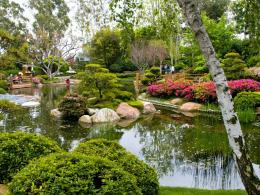
Not only willow can be weeping. If desired, any young tree can be gradually given a crown shape, in which the branches will gracefully bend and fall down.
Weeping trees for the garden are readily used by landscape designers and amateur gardeners to create original green compositions on the site.
Content:
- Weeping trees for the garden: general information
- How to decorate a garden with original trees: ways to form a crown
- Weeping deciduous trees for the garden
- Weeping conifers, general information
- Popular breeds
- Dwarf trees
- Trees with hanging branches: care and pruning
- Shaping: how to make a weeping birch from an ordinary birch
- Weeping form of plum, acacia, pear, and other trees in landscape design
Weeping trees for the garden: general information
Gardeners interested in decorating a site use various original options for presenting familiar plants. One way to surprise guests and enliven the landscape is to form weeping crowns on trees that are not naturally inclined to do so. Traditional plants for the garden are willow and birch.
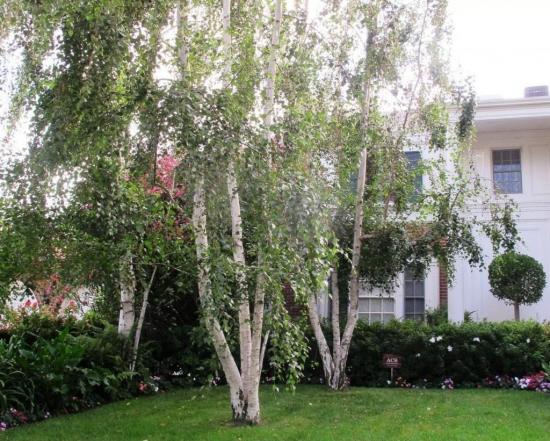
However, if desired, you can form a “sad” crown on apple, plum, cherry, rowan and coniferous trees.
Weeping trees do not differ in height, but in small areas they look bulky. If you still want to decorate a small garden, gardeners choose a method of forming a crown according to a narrower type.
Trees with drooping crowns intricately shade flower beds and lawns. The peculiarity of the shape allows you to organize shady alleys, where in the heat you can reliably hide from the scorching sun. If there is sufficient free space, owners can create interesting compositions involving trees of this species.
Such plants look especially good in the vicinity of small bodies of water - ponds, lakes, springs.
Depending on the type of branching, there are 3 varieties:
- reflexa - this type is distinguished by a sharp bend. The branches hang down almost from the trunk. Such plants have a narrow silhouette and are therefore appropriate for decorating a small area;
- pendula - the most typical form, in which the branches of the tree descend to the ground in the form of a graceful, flowing arc;
- inversa - with this branching, the shoots first grow perpendicular to the trunk on all sides, and then sharply fall down, forming a cascade.
Even more information about weeping trees for the garden is in the video:
How to decorate a garden: ways to form a crown
Numerous varieties of weeping plants are the results of long-term selection. Specialists had to work a long time to consolidate such properties at the genetic level. However, this mutation is still very unstable.

The original form is obtained using the following methods:
- man-made formation. Timely and competent formative pruning will give the necessary shape to almost any tree species. However, the “children” will not inherit this trait;
- grafting a cutting with the appropriate properties onto a trunk - in the offspring of such a plant, a weeping crown can be formed naturally. The height of the trunk must be at least 1.5 meters.Otherwise, over time, the branches of the plant will begin to creep along the ground, and this gives a sloppy appearance and makes sanitary pruning difficult.
Weeping deciduous trees for the garden
Among the deciduous varieties of trees, there are both those in which the natural formation of a weeping crown occurs, and those in which a similar form can be created by a skilled gardener.
The first type includes the following breeds:
- silver birch;
- Babylonian willow;
- Lespedecia Thunberg.
With age, bird cherry, pear, maple and some other trees can also take on this form.
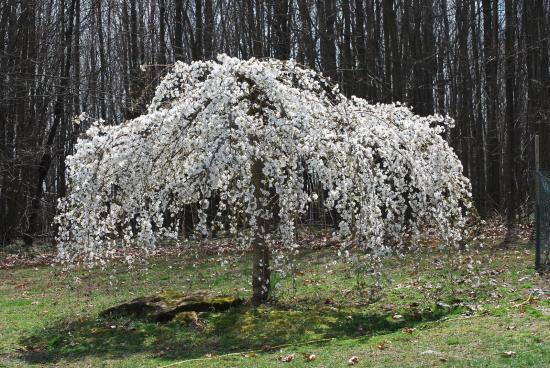
It is believed that the weeping silhouettes of the plantings contribute to the sad lyrical mood caused by attachment to the Motherland. This description is perfectly suited to the silver birch, which has long become an informal symbol of Russia. It can reach up to 25 meters in height. In the first years of growth, the tree rushes upward, but after a few years the shape of the crown becomes sadly lowered.
Babylonian willow is another tree that symbolizes light sadness. It can reach a height of up to 15 meters. Weeping willows planted near bodies of water look harmonious. If the branches lie on the water in some places, the landscape of the site will take on the features of a fairy-tale landscape. Experienced gardeners do not recommend planting willow in close proximity to buildings. It has a very strong root system, which over time will begin to destroy the foundation.
Lespedecia Thunberg is a spreading shrub from the legume family, which gardeners love for its riotous flowering. Lespedecia Thunberg flowers bloom in early autumn and decorate the garden when other trees are already preparing for winter.
Artificial weeping is possible for elm, beech, ash, sophora, bird cherry, apple, pear, peach, mulberry and other fruit trees.
Weeping conifers: general information
Not only deciduous varieties can have an interesting shape with cascading branches. Among coniferous species There are also representatives with natural weeping behavior, as well as those that can be easily given the desired shape with the help of proper pruning.
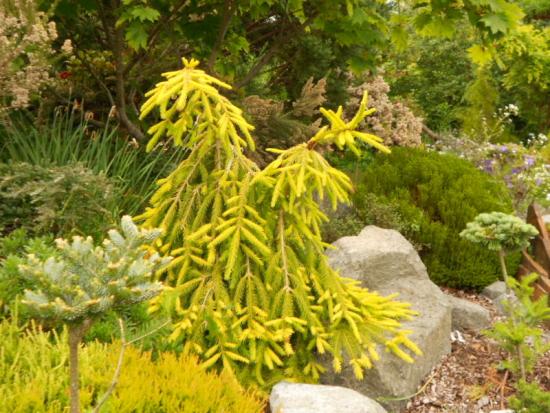
Such plants look incredibly elegant. Due to their picturesque properties, they are used to decorate parks, squares, and sculptural groups. The ability to “wear” a green robe all year round is another advantage of coniferous decor in various landscapes.
Coniferous plantings are often complemented by stone boulders. This combination looks very picturesque. Landscape designers often experiment with different types of pine needles, organizing diverse compositions. However, here it is important to take into account the fact that drooping branches with yellowish needles against the background of their green counterparts will give the tree a sickly appearance.
Weeping needles are becoming popular among ordinary summer residents. It is important to take into account the properties of the soil in the garden plot, as well as the possible maximum size of the tree. If the size of the estate allows, the owners can decorate the area on a royal scale.
An evergreen tree with cascading branches gives the image of the estate a fabulous flavor. Also, do not forget about the medicinal properties of pine needles. Such trees disinfect the air and improve the microclimate near the house.
Popular breeds of weeping needles
These breeds are considered the most popular among Russian landscape designers.
| Norway spruce | This tree with an inversa crown shape looks like an original green snowdrift.The plant reaches a height of 5-8 meters, the diameter of the crown in the lower part is 2 meters. Spruce is not too picky about care. The main condition for its growth is moist, well-drained soil. |
| Serbian spruce | This variety is formed according to the pendula type. The tree has elegant dark green needles. Serbian spruce is unpretentious and takes root well on different soils. |
| Engelman spruce | The tree is distinguished by elegant gray-blue needles. The weeping nature of the breed manifests itself in the form of downward fluffy paws |
| Scots pine | The light-loving tree looks great as a tapeworm. Planted near the house, it will be a wonderful themed decor for the New Year holidays. The disadvantage of the breed is poor tolerance to urban conditions. |
| Atlas cedar | A mature tree looks unusually monumental, although its height is only 3-4 meters. The color of the needles is silver-blue. Atlas cedar takes root well in the southern regions, where in winter the thermometer rarely drops below -15 degrees. The Black Sea coast is an ideal climatic environment for planting this breed |
| Decaying larch | A tree 1-1.5 meters high with needles that are soft to the touch. In autumn, the larch's outfit takes on a golden-orange tone, and it looks amazing |
| Red cedar | It has thin branches with scaly needles. This breed has not yet become very popular, but is gradually beginning to be in demand due to its ease of care. Juniper virginiana tolerates frost, drought and unsuitable soil well. |
Dwarf trees
It is more difficult for owners of plots with a small area to choose a suitable weeping tree. In this situation, spreading monumental plantings would be inappropriate. This can come in handy here dwarf varieties weeping rocks.
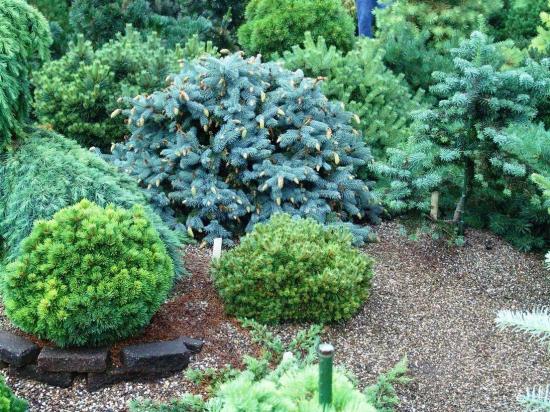
Despite their small size, they remain a suitable means of landscape decoration.
Widely available dwarf varieties are conifers. Miniature spruce, pine, thuja, and juniper trees are available for sale. The cost of “dwarfs” is an order of magnitude higher, since to breed them you need to do quite labor-intensive breeding work.
Among the deciduous varieties of weeping trees, you can also find dwarf specimens. The cultivation of such a plant is carried out using bonsai technology. The process takes 4-6 years, and this greatly affects the pricing of such decorative elements, and they look much simpler than their coniferous counterparts. Dwarf deciduous species are more appropriate indoors than outdoors.
In a garden plot you can grow, if not a dwarf, but rather low-growing deciduous tree. This is done by grafting onto a standard and constant control over the length of the shoots.
Dwarf tree varieties require the same conditions as their “regular” relatives.
Trees with hanging branches: care and pruning
Even if you purchased a grafted standard for your garden from a good nursery, you need to properly care for the plant. Otherwise, it may not show its decorative features clearly enough. Trees that are naturally weeping do not require much control.
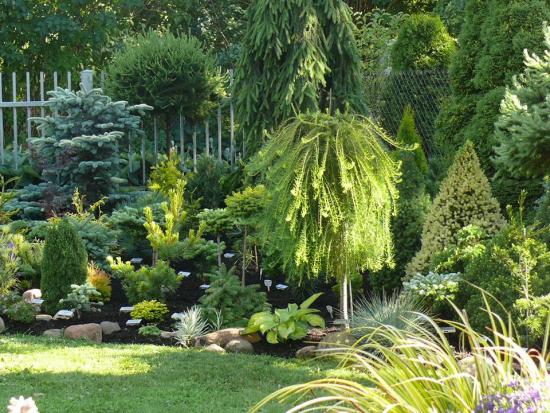
For grafted seedlings, 2 pruning options are used:
- the trunk is cleared of unnecessary shoots below the grafting site. In the first year, the shoots are cut short - leaving 15-20 cm. In the 2-3rd year, the remaining shoots are shortened by 5-6 buds. Next year, the required length of shoots is determined visually, focusing on the overall picture.In the future, the plant does not need annual formative pruning. The procedure can be performed once every few years;
- the second method involves permanently plucking the apical buds of young shoots during the summer.
Formative pruning for summer-blooming varieties is done in early spring. Trees whose flowers bloom in spring are treated after flowering.
In addition to formative procedures, one should not forget about other generally accepted agricultural procedures. This includes, first of all, the selection of suitable soil, watering, mulching, sanitary pruning, fertilizing and protection from harmful insects.
There is a lot of interesting information about pruning and forming weeping forms of different species in the video:
Forming the shape of a tree: how to make a weeping birch from an ordinary birch
If a gardener does not have the desire or opportunity to purchase high-quality planting material from a specialized nursery, it is worth trying to “make” a weeping tree yourself. So, for example, from ordinary birch you can make a high-quality imitation of silver birch. To do this, you will need to plant a two-year-old seedling in the fall.
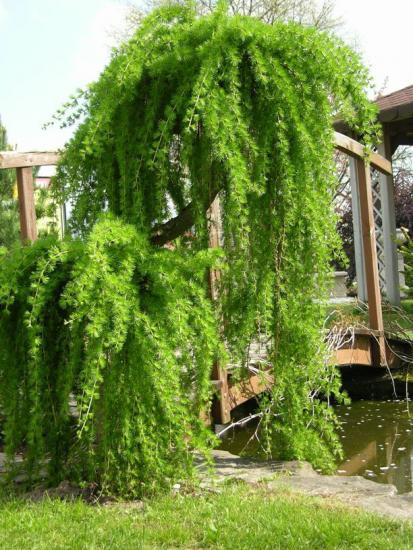
In spring, the birch tree is pruned to the first fork. Then pegs are driven in around the tree at a distance of 1 meter, to which the remaining branches will be carefully tied. Unwanted upward shoots are removed as they appear.
In autumn, the driven pegs are moved 30 cm closer to the trunk. During the next growing season, procedures similar to last year's are carried out.
In the autumn of the 3rd year, the branches are untied and the pegs are removed. By this time, an ordinary birch takes on a weeping form, and in the future, to maintain it, you will only need to promptly remove the shoots growing upward.
Weeping form of plum, acacia, pear, and other trees in landscape design
Decorative fruit forms are used exclusively for landscape decoration. Their fruits are of little use for food, but this does not matter for creating a picturesque group or alpine slide.
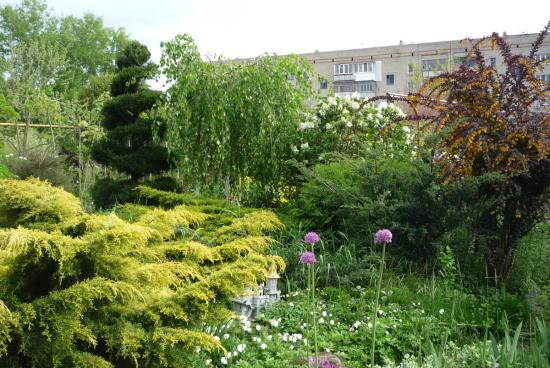
To decorate the plots, a weeping plum plant is planted. This dwarf plant is famous for its red-brown shoots, gray-green foliage and unusually bright colors in the fall. During this period, the tree becomes completely red. The squat plum is unpretentious in the choice of soil. Grows well in both sun and shaded areas.
Another popular plant is yellow acacia or caragana tree. This is an unpretentious shrub with an unusually delicate appearance.
Willow pear is used in landscape design. This weeping form bears little resemblance to an ordinary pear. The foliage of the tree is silver in color. The fruits are slightly pear-shaped, but they are hard, like wood, and sour.
The decorative qualities of cherries, apricots, rowan berries, sakura, cherry plums, peaches and many others are also used to decorate gardens.
Weeping trees are very popular among landscape designers. A wide selection of original varieties of natural and selective origin allows you to decorate gardens and public gardens of any size and theme.
Caring for such a plant does not cause much trouble. The easiest option is to purchase a grafted seedling from a well-established nursery. There you can also get detailed advice on caring for the tree crown.

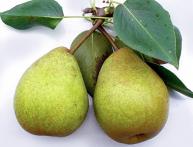
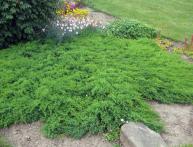
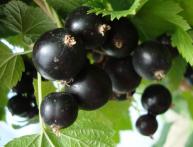

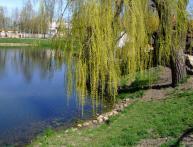
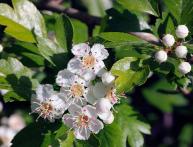
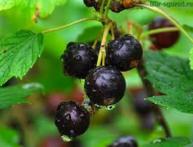
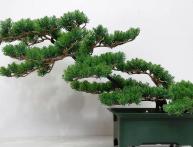
Comments
No, I prefer to see only the weeping willow; let the rest of the plants and trees have their own traditional characteristics.I think that this would be more correct, then the design works great with any type of plant.
I saw an incredibly large number of weeping trees in the article. In our front garden there is only willow growing. We cut branches on it several times in the spring, from which we then weave various household items.
But the weeping willow is not named after the shape of its crown; it “really” cries. It drips when there is no rain. Recently we were fishing under a weeping willow, and it “cryed” at us.